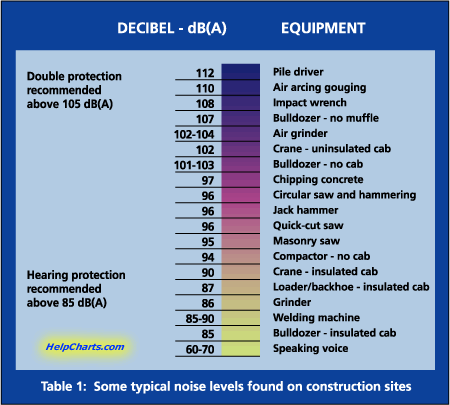

Thus, in some areas noise monitoring and control by use of a sound level meter is an essential and mandated task. Excessive long-term exposure to high- level noise negatively impacts human health, resulting in hearing damage, raised nervousness, irritability and unstable psychological conditions. Problems with noise levels also are experienced by those living in close proximity to railway stations, airports, busy streets, hospitals and fire and police stations. Even though these sounds are fleeting, their levels are extremely high for unprotected human ears and must be measured by a sound level meter to assess risk and prevent damaging exposure. Any equipment used outside ( vehicles, devices, machinery) should meet the requirements of the directives concerning noise and outdoor equipment.Įspecially in residential neighborhoods, there are particular time periods when work by means of drills and other noisy equipment can be carried out. That is why permissible levels of sound emissions are under permanent control by various regulatory agencies. And yet noise pollution is proven to be detrimental to human health and safety. There is simply too much traffic, too many people, factories, plants, railway stations, airports and so on. Today it is nearly impossible to find a place in a town or city where there is absolute and total silence. The human ear is sensitive enough to detect changes of as little as 1/10 of a bel, and so sound intensity levels are described in decibels. The unit used to describe sound wave intensity is the bel, named after the inventor Alexander Graham Bell. Sound is a variation in pressure detectable by the ear, whereas noise is undesired sound, or any sound which causes disturbance or annoyance to the recipient. 4 Related articles on Designing Buildingsĭecibels (dB) are most commonly used as a measure of sound level, but they are also used in electronics, signals and communications.It’s best to avoid loud everyday sounds, like yelling, and to wear ear protection around sounds you cannot avoid, like a leaf-blower, a concert, or an airplane. Prolonged exposure or even brief exposure to extra-loud sounds can permanently damage hearing. It is incredibly important to protect your hearing, even when sounds have not reached intolerable or painful levels. A nearby helicopter can easily reach 105 dB-while most people are not near helicopters very often, 105 dB can also be produced by a large drum, which is a serious hazard for musicians. Most people do not have prolonged exposure to the sound of a subway train, but many face occupational noises that are equally as loud all day long.Ī lawnmower can be anywhere from 60 to 90 dB and are often in use for several hours. It can be helpful to use normal sounds you encounter every day as a rough scale for decibel levels:Īs you can tell from this brief scale, noises can reach unsafe levels rapidly. These numbers don’t mean much, however, if you don’t have a frame of reference for them. Any exposure to sounds over 140 dB is considered unsafe for humans, and continued exposure to noises over 85 dB also will put your hearing in danger.
#Decibel chart free
Test My Hearing with free Online Hearing Test How loud are everyday sounds – in decibels?Īs previously mentioned, 0 dB is the softest sound a human ear can hear-something almost inaudible, like a leaf falling. A sound that is 10 times more powerful is 10dB, a sound that is 1,000 times more powerful is 30 dB, and so on (it helps to count the zeroes in the scale to keep track!) The decibel scale is logarithmic, meaning it increases by the power of 10 each time.
#Decibel chart skin
The decibel scale is incredibly large because ears are so sensitive to sound-people with normal hearing can hear anything from a light touch on skin to the roar of a plane’s engine. A decibel is a unit of intensity of sound, abbreviated dB.

It is important to understand exactly what a decibel is. Let’s take a look at some common sounds to gain a better understanding of safe noise levels and just how loud a decibel really is.Īre you ready to make a change? Watch our latest video: This information can be confusing or overwhelming because most people are not familiar with sound levels and how loud a decibel sounds, or at what point noise exposure could lead to the need for hearing aids. If you’re just starting to research hearing loss or suspect you suffer from it, you have probably encountered a lot of statistics about dangerous noise levels and decibels.


 0 kommentar(er)
0 kommentar(er)
